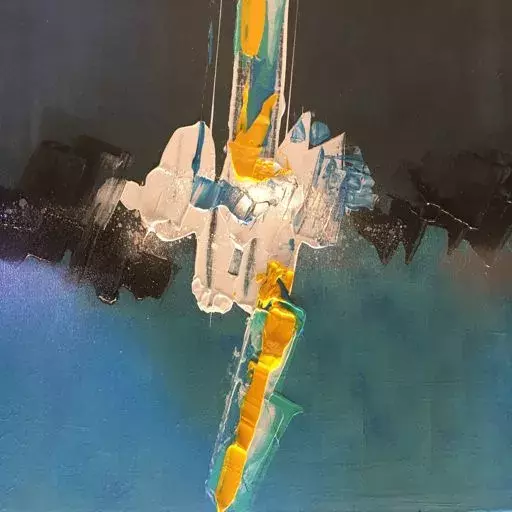Has anybody attempted to fix an USB-C connector?
I haven’t done it myself, but I’ve seen videos - you’ll need to de-solder the existing port (or whatever is left of it) and solder on a new one.
To add, it’s often worth investing in a mini heatgun for desoldering/resoldering, typically it’s near impossible to resolder the pins by hand as they are so fine.
Same with many other surface mount components
You just need a steady hand and a lot of practice. Than even 0201 is possible with a normal soldering iron.
You aren’t wrong, but as someone who managed to screw up and damaged the copper traces when trying to resolder an old mini-usb back onto my old keyboard; you do really need to have a good understanding and a lot of practice with SMDs and temperature control.
I went from a less than 50% success ratio when resoldering SMD LEDs to about 95% success after I bought a £20 mini-heatgun with a narrow (5mm) nozzle
A digital solder gun with a properly sized tip and a magnifying glass with helping hands (flexible clips) helps immensely. I had to hand solder a surface mount resistor that looked about the size of the tip of a pencil. It wasn’t pretty but I got it done.
I’ve watched videos and ordered the right type of connector. It doesn’t seem so hard with flood soldering techniques.
Fortunately the break is clean and happened on the connector’s legs, so the traces are unharmed. I think the hardest part will be to remove the remnants left on the traces.
If you have a local electronics repair shop take it to them they will probably be able to fix it relatively cheap.
With the right tools and steady hands, its very straightforward.
thats like a 5min fix, just solder a new on one.
You’re gonna need a hot air station. If it’s actually usb3 and not just usb in a c sized connector then you usually wont be able to do it with just an iron.
The process is:
Clean the site and all through holes (they won’t be for usb pins but instead for physical connection). Use flux.
Reapply solder to all surface mount pads.
Preheat the area.
Apply flux.
Manipulate the new port into place. If you can, tack it down at a few spots.
Reflow all the pins. Use flux.
Have you confirmed that the port itself isn’t damaged? The pads it connects to?
This is why I use a right angle connector cable and gaffer tape the cable to the back or bottom of the keyboard. It’s fugly but it prevents this exact problem.
Magnetic connectors work well in this case, and you won’t need that tape. But if you move your keyboard around a lot they might be a slightly worse solution than yours ;-)
My work keyboard has a cheap magnetic cable so I can easily plug and unplug it (I’m not leaving a custom mech unsupervised a work!). It indeed takes most of these strain.
I gave a quick overview in another post, but in case you’d like some guidance unique to your repair, post pictures with the legs of the port and the spot it goes in with good enough focus and zoom that I can see the traces and pads and legs.
I do this kind of repair work every day, if everything is in good shape it’s no problem but if you have a damaged port or ripped pads/traces then you’ll need to change tack a little.








